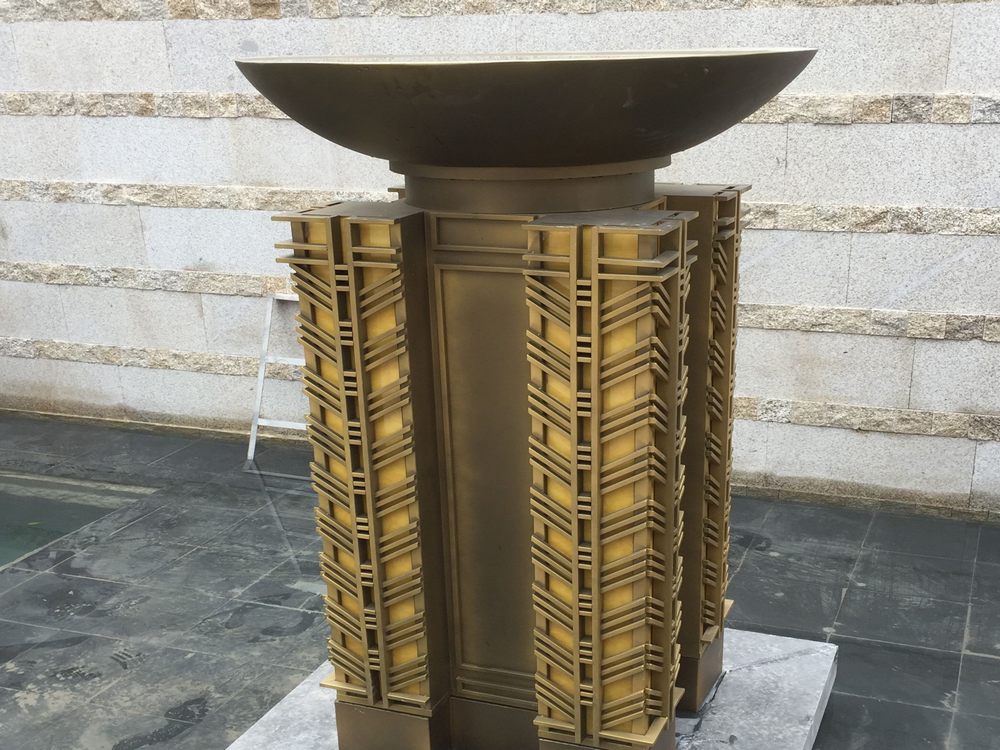
Kinetic or movable wood carvings sculptures bring life to traditional wood art by incorporating motion. Here are the most common techniques used by artisans to achieve dynamic effects:
1. Balanced Joints and Pivots: Artists carve precise joints or use metal pivots to allow sections of the sculpture to swing or rotate naturally, often relying on gravity for movement.
2. Wind-Powered Mechanisms: Delicate wooden parts are designed to catch the wind, creating gentle motion—common in outdoor installations like mobiles or garden sculptures.
3. Hand-Cranked Systems: Some sculptures feature manual cranks or gears, enabling viewers to interact and control the movement, adding an engaging element.
4. Springs and Elastic Bands: Hidden springs or elastic bands store and release energy, producing rhythmic motions in pieces like nodding animals or swaying trees.
5. Magnetic or Weighted Elements: Strategic placement of magnets or counterweights allows parts to shift or balance dynamically, creating unpredictable yet fluid movements.
6. Interlocking Carving Techniques: Intricately carved interlocking pieces, often seen in puzzle-like sculptures, enable sliding or folding motions without external mechanisms.
Mastering these techniques requires patience and precision, blending craftsmanship with engineering to transform static wood into captivating kinetic art.

